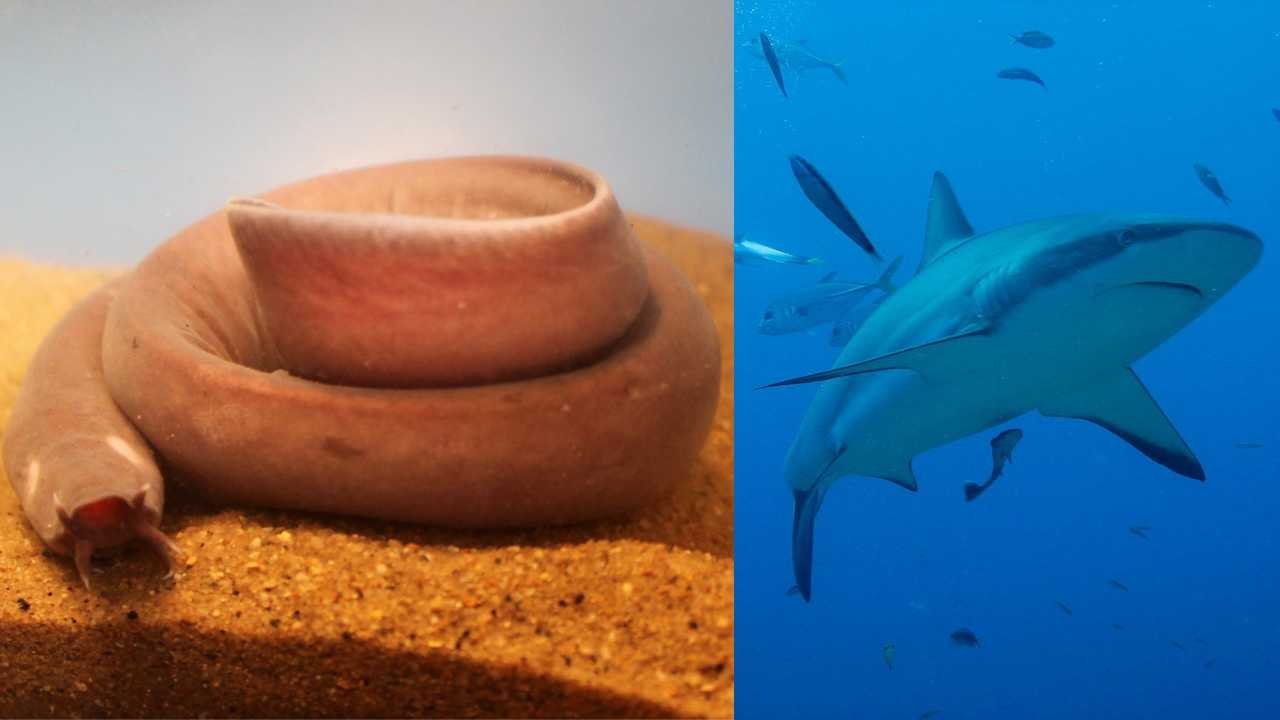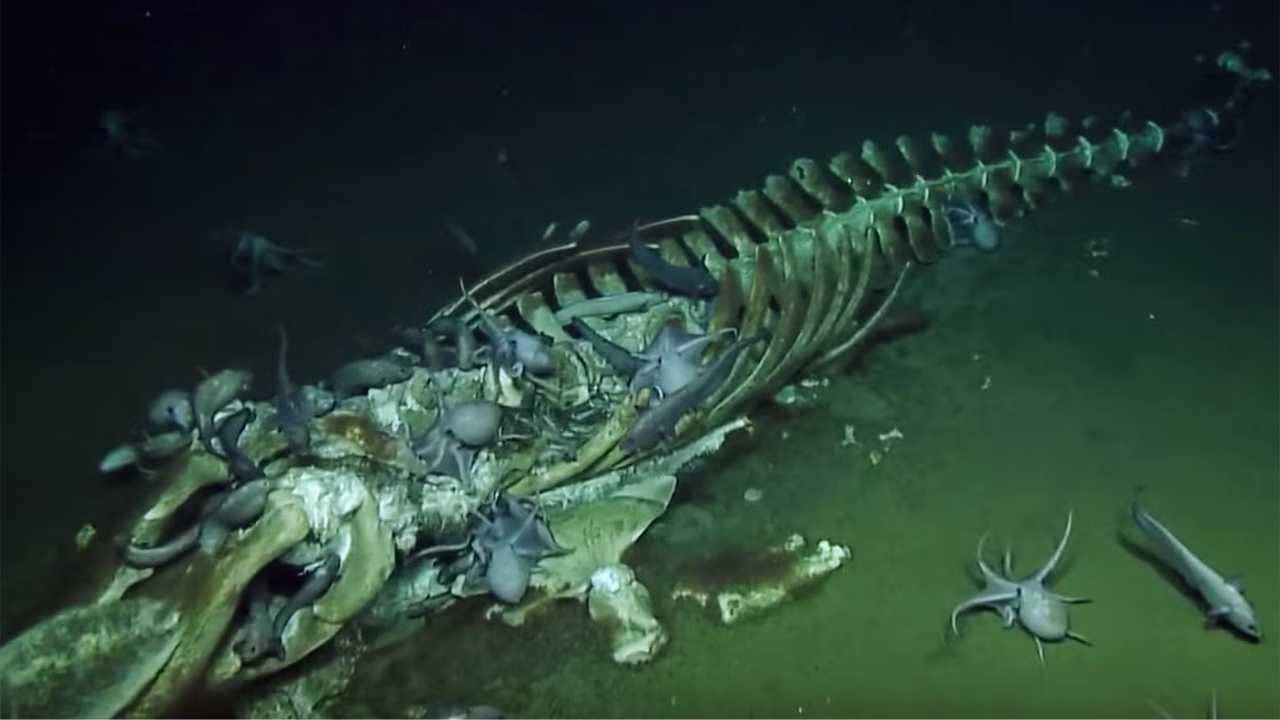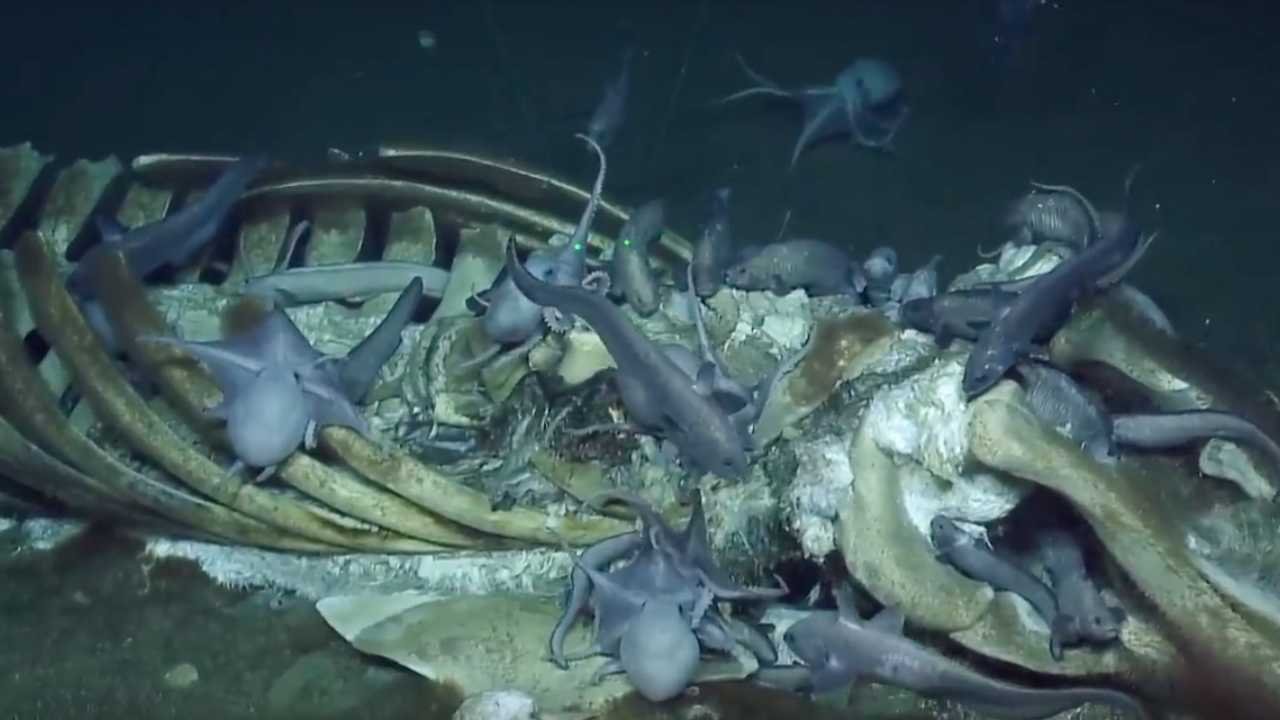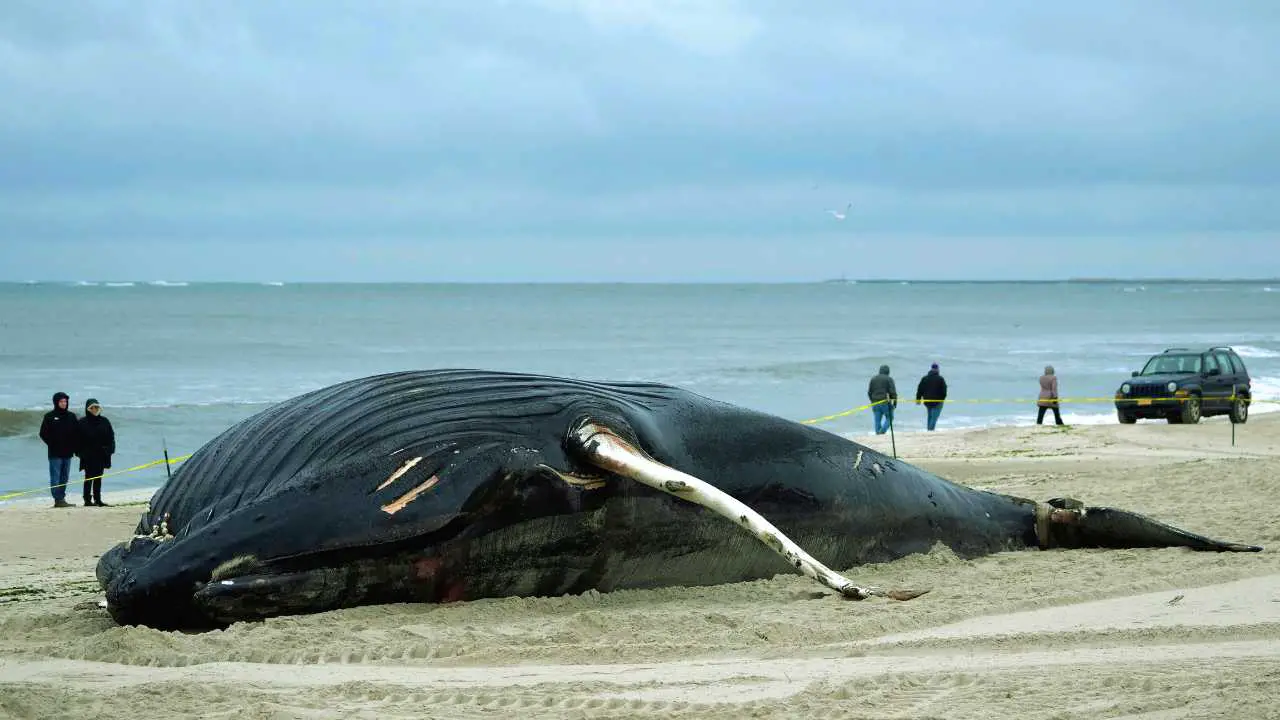Whales are huge animals that are present in the world’s oceans, and for generations, scientists have been fascinated by their existence. But what happens when a whale dies? In addition to being an essential event for the marine environment, the death of a whale also poses unique difficulties and possibilities. This article sheds light on the path of a whale after its death, including everything from decomposition and scavenging to the ecological effect and scientific discoveries acquired. Join us as we explore the mysteries surrounding the death of a whale.
What Happens When A Whale Dies
How do whales die?
There are various elements to consider while determining how whales die. Whale mortality may be caused by natural factors, predation, human actions, or sickness. Old age, disease, and accidents are all natural causes of whale death. Whales, like other living beings, have a lifespan, and when it comes to an end, they may die from natural causes.
Tragically, human activities can also have a big impact on whale death. One of the main causes of mortality for whales is collisions with ships or other boats. Additionally, whales can become severely injured or suffocate when they become entangled in fishing gear like nets or lines since it restricts mobility and causes these effects. By producing intestinal obstructions or harmful consequences, pollution, and particularly consuming marine debris, can potentially result in mortality.
Last but not least, environmental elements, including variations in water temperature and food availability, can also have an effect on whale mortality. In order to get food, certain whale species travel great distances, and changes to their feeding grounds or water temperature can have a serious impact on their survival.
What happens to whales when they die?

A process known as whale fall occurs in a whale’s body after it dies. The carcass of a whale falls to the ocean floor due to its immense size and weight, where it serves as a vital supply of nutrients for deep-sea organisms.
Scavengers like hagfish and several shark species are drawn to the carcass and start eating the soft parts first. Other species, such as bacteria and bone-eating worms, join the feast and decompose the remaining organic materials as the decomposition process advances. Depending on the size of the whale and the surrounding habitat, this process may take many years to complete. A special environment known as a whale fall community is also created by the whale’s skeleton.
What animals eat whales?

When a carcass is found, large scavengers like sharks and hagfish are frequently the first to arrive and start eating it. The surviving meat and organic materials are gradually broken down by smaller scavengers, like marine worms and crabs. Bacteria and other microbes continue to decompose the whale’s tissues, releasing nutrients into the environment as they do so. This draws a wide variety of creatures, including fish and deep-sea crustaceans, which eat the whale’s leftovers. These invertebrates are essential for returning the nutrients from the whale’s body to the environment.
Read more about What eats Killer Whales?
The ecological importance of whale carcasses

The ecological well-being of our seas is significantly influenced by whale corpses. When a whale dies and sinks to the ocean floor, it serves as a vital source of food and energy for a variety of marine species. Numerous species can flourish in the nutrient-rich environment. Whale carcasses also aid in nutrient cycling, carbon sequestration, and the sustaining of a diverse array of species.
The release of nutrients like nitrogen and phosphorus into the surrounding water occurs when the corpse is eaten by scavengers and decomposers. Phytoplankton, the foundation of the marine food chain, may then absorb these nutrients. In addition, the decay of the corpse eliminates carbon from the atmosphere and aids in reducing climate change.
Decomposition stages of a dead whale

A whale’s body experiences many phases of decomposition after death, each with unique characteristics.
Fresh State
The fresh stage is the initial stage of decomposition. This happens soon after the whale’s demise. The presence of scavengers and decomposers, such as sharks, crabs, and bacteria, starts to disintegrate the whale’s soft tissues. Depending on elements like water temperature and the size of the whale, this period normally lasts a few weeks.
Bloated State
The whale then enters the bloated stage. It happens when bodily gases from the breakdown process build up. The corpse swells up and floats to the water’s top. Scavengers like seagulls and marine animals can find a valuable supply of food during this period, which can last up to a few months.
Active decay stage
The active decay stage follows the bloated stage, during which the breakdown process quickens. The whale’s body starts to decompose, with bacteria and other germs destroying its tissue and organs. A number of decomposing organisms continue to be drawn to the whale’s carcass during this stage, which can endure for several months.
Advanced decay
The whale’s soft tissues have largely been consumed or deteriorated by this point, which is known as advanced decay. In this phase, the whale’s skeleton is more apparent, and the surroundings may seem black or discolored as byproducts of decomposition are released. Up to a year can pass during this stage.
Dry stage
Only the hard components of the whale’s body, including its bones, are left after the dry stage of decomposition. At this stage, the whale’s traces may either dissolve into the silt or keep decomposing until just the skeleton is left. This procedure might take years or perhaps decades.
Impact on marine ecosystems

Marine ecosystems are greatly impacted by the mortality of whales. Whales are essential to keeping the seas healthy and in balance. The discharge of a significant volume of organic materials into the nearby environment is one of the most noticeable effects of whale death. A whale’s body lowers to the ocean floor once it dies, where it becomes a rich source of nutrition for scavengers and animals that live at the bottom.
Additionally, whales are very important for the sequestration of carbon dioxide. They accumulate large amounts of carbon in their bodies over the course of their lifetimes, and when they die, their bodies sink to the bottom of the deep sea, essentially removing this carbon from the atmosphere for centuries. Thus, the global carbon cycle and the control of the climate may be affected if whale populations decline.
Scientific research opportunities
For individuals working in marine biology, the study of whale demise offers a variety of options for scientific investigation. Investigating the reasons for whale death is one possible topic of research. Scientists can identify the causes of whale deaths, such as strandings, ship strikes, entanglement in fishing gear, or illness, by examining the carcasses of the animals. Since it enables the identification of possible hazards to whales and the development of mitigation techniques, this information is essential for conservation efforts.
Whale necropsies, or autopsy, offer invaluable data about the health and general well-being of the animals. Scientists may identify illnesses, evaluate a whale’s reproductive state, and look into the effects of chemicals and pollution on these marine creatures by carefully examining the internal organs, tissues, and parasites that are discovered in whale carcasses.
Studying whale fatalities can also reveal information about population dynamics and migratory trends. Scientists can identify familial links and gauge genetic diversity within and within groups by analyzing the genetic profiles of deceased whales.
Management and disposal of whale carcasses
The handling and disposal of whale carcasses is a difficult task that calls for careful planning and collaboration. To safeguard human safety and stop the spread of illness, action must be taken right away when a whale carcass is found on land or at sea. The management process entails a number of steps.
The presence of a dead whale must first and foremost be reported to the proper authorities, such as local government organizations or marine mammal stranding networks. These groups are equipped with the knowledge and tools necessary to plan the reaction and advise on the best course of action. The next step is to thoroughly inspect the carcass after securing the required approvals and permits.
To stop the spread of toxins and germs throughout the disposal process, it is essential to follow adequate containment and containment protocols. To handle the enormous corpse safely, this would entail using specialist equipment, like heavy gear or cranes.







Leave a Reply